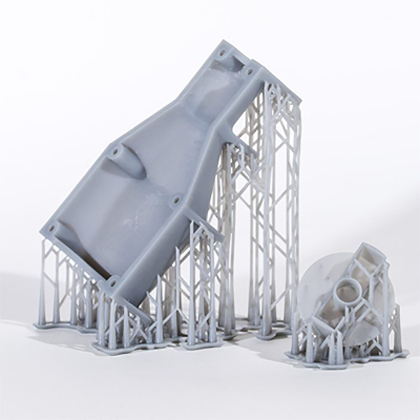Let's look at the key words in this article sla 3d printing services.
3D printing technology has revolutionized the way we approach product development. Among the various 3D printing techniques available, Stereolithography (SLA) stands out as a powerful tool for creating intricate and high-quality prototypes. In this article, we will delve into the limitless possibilities that SLA 3D printing technology offers in the realm of product development.
Enhancing Design Freedom
SLA 3D printing technology enables designers to push the boundaries of creativity and innovation. With its ability to produce complex geometries and intricate details, SLA allows for the creation of designs that were previously unattainable. This technology opens up a world of possibilities, allowing designers to explore new shapes, textures, and functionalities.
For example, imagine a designer working on a new smartphone case. With SLA 3D printing, they can easily incorporate intricate patterns, textures, and even internal structures that enhance the case's aesthetics and functionality. The freedom to experiment with different designs and iterate quickly is invaluable in the product development process.
Accelerating Prototyping and Iteration
One of the key advantages of SLA 3D printing technology is its speed and efficiency in prototyping. Traditional prototyping methods can be time-consuming and costly, often requiring the production of molds or tooling. SLA eliminates the need for these intermediate steps, allowing for rapid prototyping and iteration.
With SLA, designers can quickly transform their digital designs into physical prototypes, enabling them to test and validate their ideas in a matter of hours or days, rather than weeks or months. This accelerated prototyping process not only saves time and money but also facilitates faster product development cycles.
Expanding Material Options
SLA 3D printing technology offers a wide range of material options, allowing designers to choose the most suitable material for their specific application. From rigid and durable plastics to flexible and rubber-like materials, SLA can accommodate various functional requirements.
For instance, in the automotive industry, SLA can be used to create prototypes of dashboard components using materials that closely mimic the final product's properties. This enables engineers to evaluate the fit, feel, and functionality of the parts before committing to expensive tooling.
Enabling Customization and Personalization
SLA 3D printing technology has the potential to revolutionize the way products are customized and personalized. With traditional manufacturing methods, customization often comes at a high cost and requires significant lead time. However, SLA allows for on-demand production of customized products at a fraction of the cost.
For example, in the jewelry industry, SLA can be used to create unique and personalized pieces by leveraging the technology's ability to produce intricate details and complex shapes. Customers can have their initials, names, or even personalized messages incorporated into the design, resulting in one-of-a-kind pieces that hold sentimental value.
Exploring the limitless possibilities of SLA 3D printing technology in product development opens up a world of innovation and creativity. From enhancing design freedom and accelerating prototyping to expanding material options and enabling customization, SLA empowers designers and engineers to bring their ideas to life in ways that were previously unimaginable.

